United Nations Development Programme (UNDP) includes Breeze Technologies in Digital X Solution Catalogue
At Breeze Technologies, we are always working to provide citizens and governments around the world with easy and cost-effective access to air quality data. This is a huge challenge that we cannot achieve without partners. We are therefore very proud that our air quality management solutions have now been included in the new Digital X Solution Catalogue of the United Nations Development Programme (UNDP).
Technology for positive development of our society
There is hardly any aspect of our lives that has not been transformed by digital technology. In an ever-changing digital landscape, the UNDP (United Nations Development Programme) aims to harness advancing technology for the positive development of our society. With this strategy, UNDP is pursuing a long-term vision to create a world where digitization benefits people and the planet.
To find and disseminate proven and innovative digital solutions around the world, UNDP developed the Partnerships for Scale program “Digital X”. It aims to find digital solutions to urgent challenges faced by UNDP, UN partners and governments. To do this, Digital X works with a network of existing accelerators, foundations and programs that scout and evaluate thousands of startups and select the best solutions worldwide. These selected solutions are included in the Digital X Solution Catalogue and presented in detail.
Breeze Technologies in the Digital X Solution Catalogue
The Digital X Solution Catalogue now also includes the innovative and cost-effective solutions for measuring and managing air quality from Breeze Technologies. Globally, air pollution is the greatest environmental and health threat of our time. It claims over 7 million lives and costs the global economy $5 trillion per year. Data-driven air quality plans are still not possible because conventional measurement methods are expensive, stakeholders sometimes lack the necessary knowledge to analyze the data, and appropriate measures are often unknown.
Here, we rely on our own low-cost and AI-powered air quality sensors that measure all common air pollutants and our Environmental Intelligence Cloud, through which we calibrate and make this data available in real time. Based on the collected data and external data sources, a hyper-local map of air quality is created, matched against a catalogue of more than 3,500 air pollution control measures, and their potential impact calculated if implemented locally. Artificial intelligence then recommends the most efficient measures for local challenges, increasing the effectiveness of clean air plans by up to a factor of ten.
We are pleased that UNDP has selected us as one of the best solutions worldwide and that in the future even more people around the world will benefit from the added value and quality of our solution.


 unsplash.com / Vlad Deep
unsplash.com / Vlad Deep